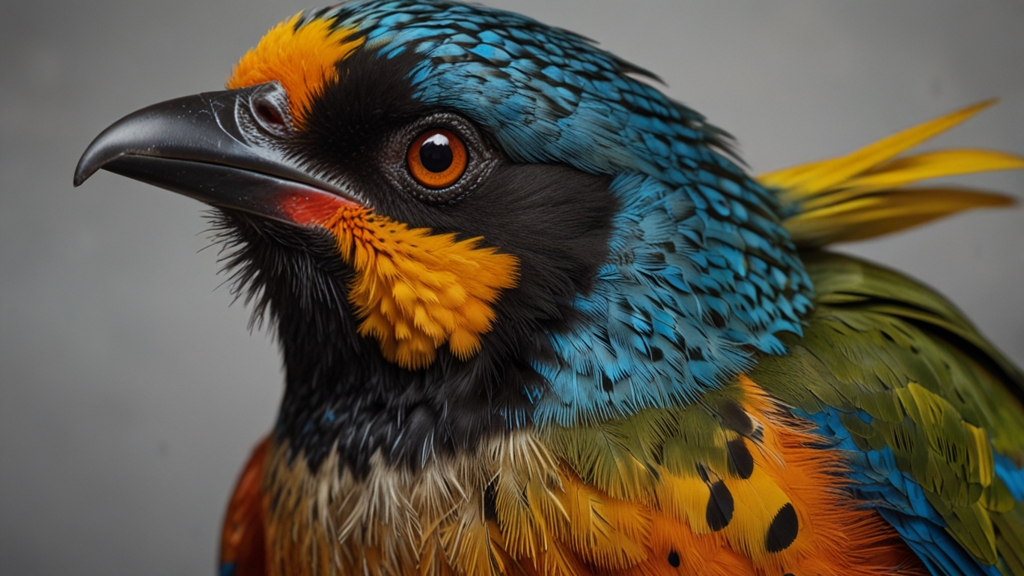Frightening Facts About the World's Most Venomous Creatures
The natural world is full of awe-inspiring beauty, but it also harbors some unsettling dangers. Among these dangers are venomous creatures, which have evolved to deliver potent toxins capable of causing severe pain, incapacitation, and sometimes death. Whether they are deep in the ocean or camouflaged in forests, these creatures are fascinating yet frightening. Below, we uncover some chilling facts about the most venomous inhabitants of our planet.
Box Jellyfish: The Ocean's Silent Killer
The box jellyfish, primarily found in the warm coastal waters of the Pacific and Indian Oceans, is notorious for its tentacles armed with cnidocytes that can inject venom. This venom can cause cardiovascular collapse and death within minutes. The tentacles, which can reach up to 10 feet in length, are nearly transparent, making them almost invisible in the water.
A single box jellyfish can have up to 60 tentacles, each containing enough venom to kill 50 humans. This makes it one of the most lethal creatures in the ocean.
"The agonizing sting from a box jellyfish can trigger Irukandji syndrome, a condition characterized by severe pain, nausea, hypertension, and sometimes fatal cardiac complications." - Marine Biologist Dr. Lisa Gershwin
Inland Taipan: The Fiercest Snake
While many people fear rattlesnakes and cobras, it is the lesser-known Inland Taipan, also known as the "Fierce Snake" or "Small-scaled Snake", that holds the title for the world's most venomous snake. Found in the arid regions of central Australia, the Inland Taipan's venom contains taipoxin, a complex mix of neurotoxins, procoagulants, and myotoxins.
One bite can contain enough venom to kill 100 adult men. Thankfully, this snake is reclusive and rarely encountered by humans.
"The Inland Taipan’s venom acts exceptionally fast, potentially causing paralysis and death within 45 minutes if antivenom is not administered promptly." - Herpetologist Dr. Bryan Fry
Blue-Ringed Octopus: Small but Deadly
The blue-ringed octopus, often found in tide pools and coral reefs in the Pacific and Indian Oceans, is small enough to fit in the palm of your hand but carries enough venom to kill 26 adults within minutes. The venom contains tetrodotoxin, a potent neurotoxin that can cause muscle paralysis and respiratory failure.
Adding to its deadliness, there is currently no antivenom for the blue-ringed octopus bite. The only known treatment is prompt artificial respiration until medical help arrives.
Stonefish: Master of Camouflage
Stonefish are considered the most venomous fish in the world. Found in the coastal regions of the Indo-Pacific, these masters of camouflage are often mistaken for rocks, making them easy to accidentally step on. When threatened, a stonefish’s dorsal fin spines inject venom, causing excruciating pain, swelling, and sometimes muscle paralysis.
Immediate medical attention is crucial to reduce the severity of symptoms, as the venom can lead to heart failure and even death.
"The pain from a stonefish sting is said to be one of the worst a human can experience, sometimes described as being hammered by daggers." - Marine Scientist Dr. Richard Harris
Brazilian Wandering Spider: The Night Prowler
The Brazilian wandering spider, found in South America, is recognized by the Guinness World Records as the most venomous spider. Unlike many other spiders, it does not build a web to catch prey but roams the forest floor at night, hunting. The venom contains a potent neurotoxin known as PhTx3, which can cause extreme pain, loss of muscle control, and breathing problems.
In men, the venom can also cause priapism, a persistent and painful erection, leading to potential complications. Despite its fearsome reputation, fatalities are rare thanks to the availability of effective antivenom.
Conclusion: Nature's Mortal Majesty
The world's most venomous creatures are a stark reminder of nature's potential for both beauty and danger. Their existence shows how evolution has crafted survival mechanisms that can have dire consequences for humans. While these animals should be respected and approached with caution, they also deserve our fascination and admiration for their unique adaptations and roles within their ecosystems.
Always exercise caution when encountering wildlife, and remember that their lethal capabilities are primarily tools for survival, not offense against humans.











